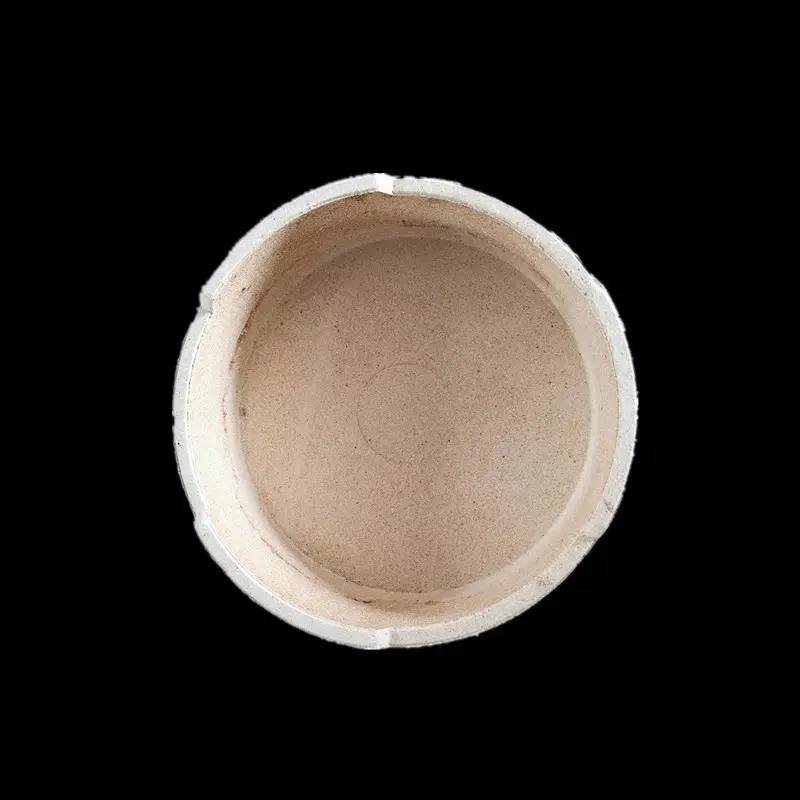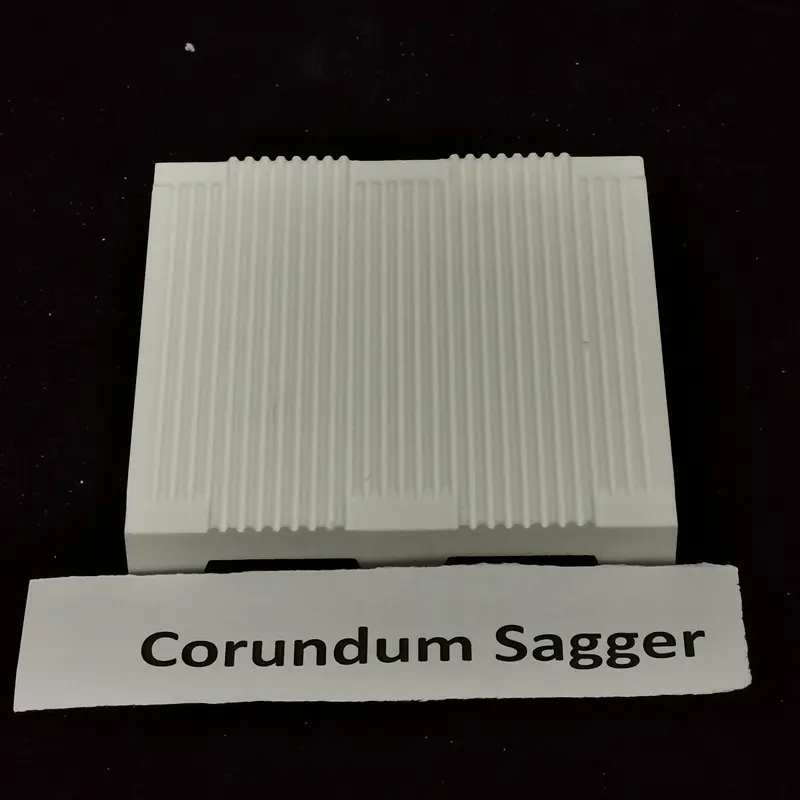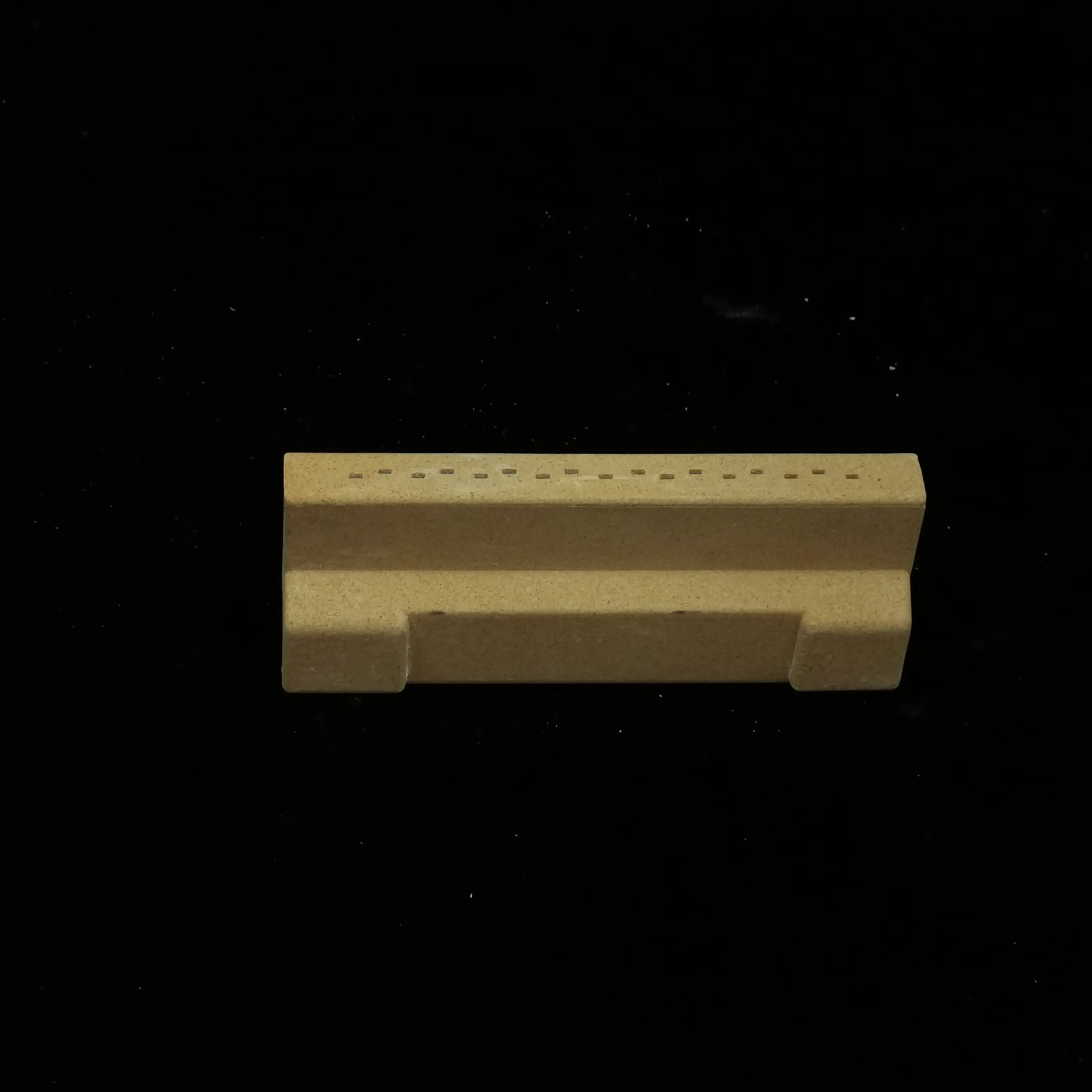High temperature resistance refractory Mullite Sintering Plates for Magnetic Material Processing
Properties and Advantages of Mullite Sintering Plates
-
High-Temperature Stability
Mullite sintering plates can withstand temperatures up to 1500°C without significant deformation or degradation. Their low thermal expansion coefficient ensures dimensional stability during rapid heating and cooling cycles, reducing the risk of cracking or warping. -
Excellent Thermal Shock Resistance
Due to their unique microstructure, mullite plates exhibit superior resistance to thermal shock compared to conventional alumina or zirconia-based materials. This property is crucial for sintering processes involving repeated heating cycles. -
Chemical Inertness
Mullite is highly resistant to reactions with most magnetic materials, preventing contamination during sintering. This ensures the purity and performance of final products, particularly in applications requiring precise magnetic properties. -
Mechanical Strength and Durability
With high flexural strength and wear resistance, mullite plates maintain structural integrity even under heavy loads or prolonged use. This extends their service life and reduces replacement frequency in industrial settings. -
Optimized Porosity and Surface Quality
Advanced manufacturing techniques allow for controlled porosity, which improves heat distribution and reduces thermal stress. The smooth surface of mullite plates also minimizes sticking of magnetic materials, facilitating easy post-sintering handling.
Applications in Magnetic Material Sintering
Mullite sintering plates are extensively used in the production of:
-
Soft Ferrites (e.g., Mn-Zn, Ni-Zn ferrites) for transformers and inductors.
-
Hard Ferrites (e.g., Sr/Ba hexaferrite) for permanent magnets.
-
Rare-Earth Magnets (e.g., NdFeB, SmCo) in high-performance motors and sensors.
Their ability to maintain consistent sintering conditions ensures uniform grain growth and optimal magnetic properties in the final product.
Comparison with Alternative Materials
While alumina and silicon carbide plates are also used in sintering, mullite offers a superior balance of thermal and mechanical properties. Unlike alumina, mullite has better thermal shock resistance, and unlike silicon carbide, it does not react with certain magnetic oxides at high temperatures.
Conclusion
Mullite sintering plates are indispensable in the fabrication of high-quality magnetic materials, providing unmatched thermal, chemical, and mechanical performance. Their durability and reliability make them a preferred choice for manufacturers seeking to enhance production efficiency and product consistency. As the demand for advanced magnetic materials grows, mullite-based solutions will continue to play a pivotal role in the industry.





